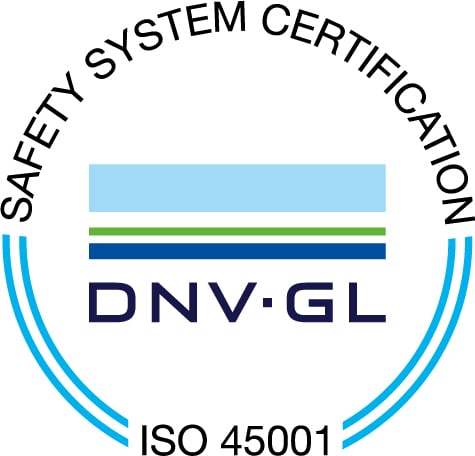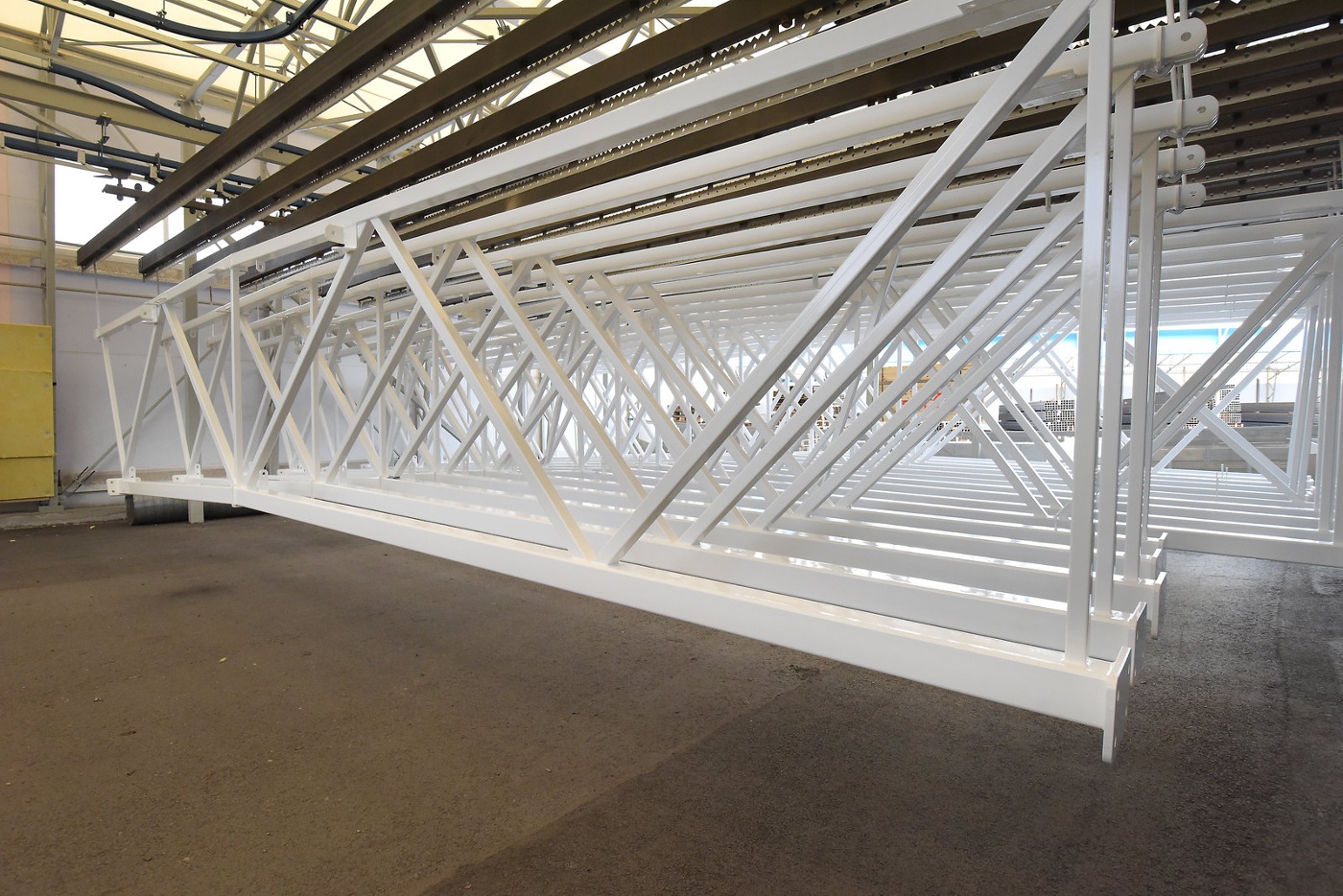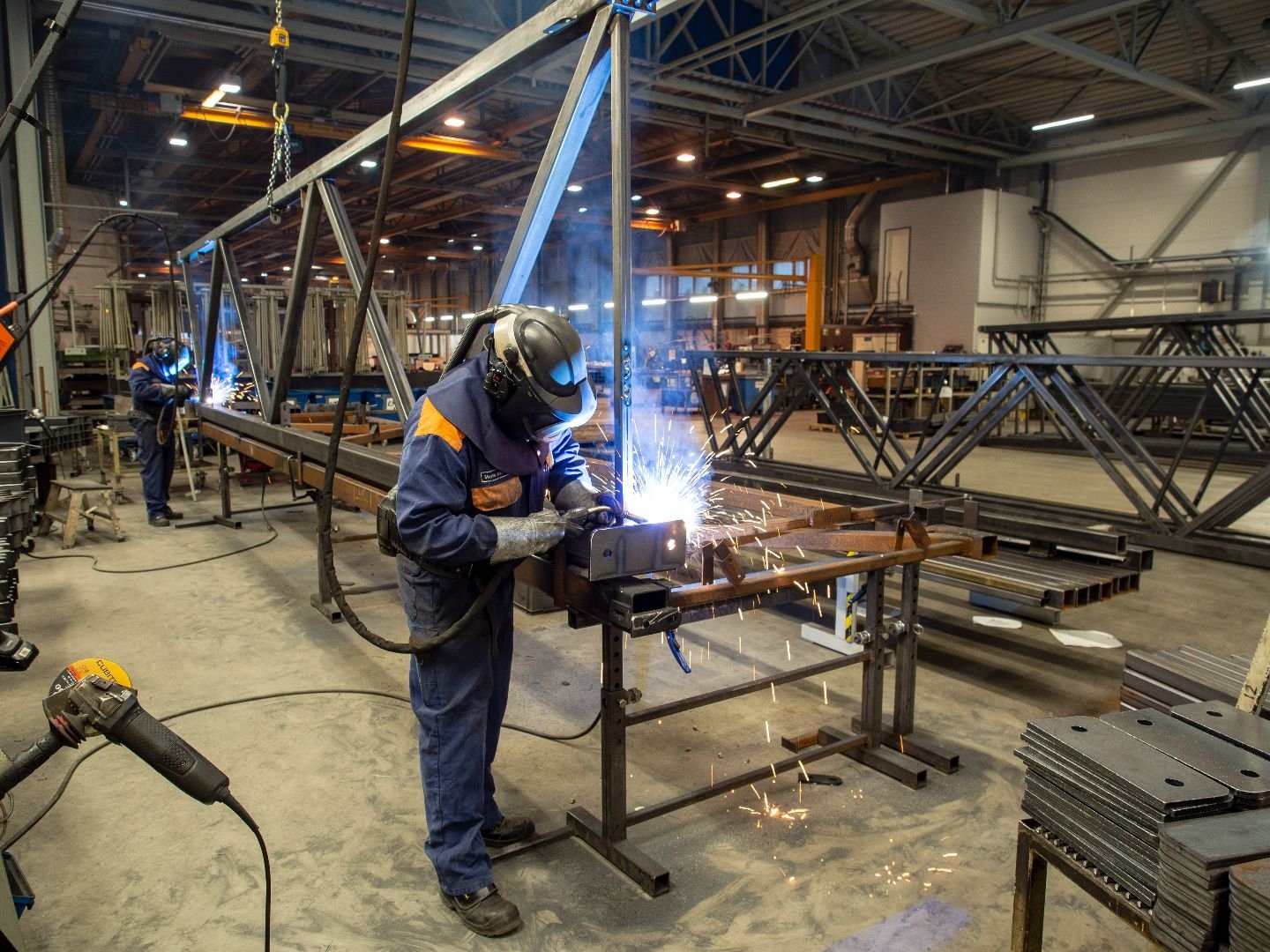08.05.2020
Listen to the blog
Years of work by the entire Best-Hall staff on developing occupational safety and health were rewarded in April with the SFS-ISO-45001 certification. Cooperation has seen the company halve the number of occupational accidents and cut sick leave by a third. Clients also benefit from improved site safety and avoid construction delays caused by accidents.

“Achieving a safe working environment requires a joint effort, which is why the employees’ will to develop working methods, operations and the environment is the key. Our employees have become increasingly interested in these issues each year,” says Quality Manager Petri Maunula, describing the company’s safety effort.
Indeed, according to Maunula, employee activity and attitudes have changed significantly, which is evident in the increase of proactive safety observations from just a few each year to over 200 improvement suggestions last year. Now suggestions are made if even the slightest risk is identified.
Last year, 90 % of employee observations led to concrete safety improvements. Some simply included adding grit to icy stairs or moving a warning sign to a more visible spot, while others led to a change in working methods or investment in equipment.
“The key is to make people feel that safety is a shared issue and all observations are worth bringing up,” says Maunula.
Occupational safety and health are at the heart of Best-Hall’s operations, as a large number of tasks includes challenging locations, loading work phases or changing weather conditions at a height of several metres. Each steel-framed building is unique, so construction and installation are still largely done by hand, while the increase in hall sizes has also increased the size of elements and the challenges of the work.
“In terms of occupational safety and health, working with heavy steel beams is different than working in a control room or office, for example. In hazardous work, each improvement that increases the safety of employees is a significant step forward,” Maunula says.
An example is the construction of the powder painting unit in 2012. Before this, painters were inevitably exposed to solvents in their work, but due to automated powder painting, their work is now significantly safer.

Although much has been done, Quality Manager Maunula still sees will for further improvement: Best-Hall is aiming for zero accidents and getting at least two occupational safety observations per employee each year.
“Safety observations are important as they help us find room for improvement. Work on safety can never be completely finished, but we have already managed to move on to smaller issues.”
Development work is directed by occupational safety and health plans expanded every two years. The occupational safety and health system is integrated into Best-Hall’s management system. Concrete tools include annual workstation checks and work phase risk assessments.
“Regular checks of each workstation can identify deficiencies in lighting or noise issues that are hard to notice in everyday work. Also, when observing work phase risks, there is always something you could do differently to avoid accidents.”
Maunula feels that the change in employee attitudes is also evident in evaluations.
“When we started around five years ago, employees might view the risk assessment of their workstation as intrusive, but now people have improvement suggestions ready.”

Our products and performance meet the client’s needs and expectations in a way that makes each client willing to recommend us as a building and maintenance provider.
Our operations are safe and we avoid injuries, accidents and environmental damage.
We develop our working environment in cooperation to be as safe and healthy as possible.
We protect the environment and natural resources with the effective use of materials and recycling.
We save energy and avoid wasting it.
We comply with laws, obligations and ethical procedures.
We promote and guide the operations of our stakeholders in order to meet these targets.
Yhdystie 3-7,
68300 Kälviä, Finland
Tel: +358 6 832 5000
info@besthall.com
Business ID FI01070190